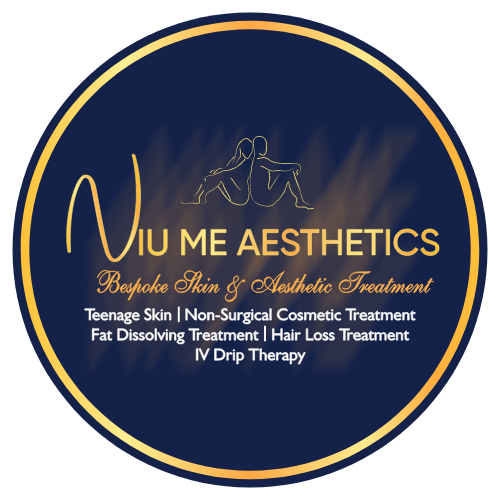Achieving Smoother, Brighter Skin
Dermaplaning has become a sought-after skincare treatment in the UK, renowned for its ability to rejuvenate the skin by removing dead cells and peach fuzz. This comprehensive guide explores what dermaplaning is, its benefits, and everything you need to know to achieve smoother, brighter skin.
What is Dermaplaning?
Dermaplaning is a minimally invasive cosmetic procedure involving the use of a specialised blade to gently scrape off the top layers of dead skin cells and vellus hair (peach fuzz) from the face. This process not only exfoliates the skin but also enhances the effectiveness of skincare products by allowing deeper penetration.
Benefits of Dermaplaning
The benefits of dermaplaning are extensive. It results in a smoother skin texture, a brighter complexion, and can even help reduce the appearance of fine lines and acne scars. According to a Cleveland Clinic article, dermaplaning can significantly improve the skin’s appearance by removing the outermost layers.
Side Effects of Dermaplaning
Like any cosmetic procedure, dermaplaning comes with potential side effects, though they are minimal. Some individuals may experience redness or feel like they have sunburn immediately after the procedure. However, these side effects are typically short-lived.
Pros and Cons of Dermaplaning
The pros of dermaplaning include improved skin texture, reduction in fine lines, and better skincare product absorption. Conversely, it may not be suitable for those with highly sensitive skin or severe acne. It’s important to consider these factors before deciding on the treatment.

Hair Regrowth After Dermaplaning
A common query is what happens when hair grows back after dermaplaning. Contrary to popular belief, the hair does not grow back thicker or darker. The process simply trims the hair at the surface, so the original hair texture and growth rate remain unchanged.
Dermaplaning at Home vs. a Clinic
While at-home dermaplaning tools are available, professional treatment in a clinic is generally recommended for safety and efficacy. A trained aesthetician or dermatologist can ensure a deeper, more uniform exfoliation with less risk of irritation or injury.
Dermaplaning Aftercare
Aftercare is crucial for maximising the benefits of dermaplaning. This includes using gentle skincare products, avoiding direct sun exposure, and applying sunscreen regularly to protect the newly exposed skin layers.
Dermaplaning Cost
The cost of dermaplaning can vary depending on the location and the provider. It’s an investment in your skin, and prices typically reflect the expertise of the professional and the quality of the treatment environment.
Dermaplaning Downtime
One of the advantages of dermaplaning is the minimal downtime. Most people can return to their normal activities immediately after the procedure, making it a convenient option for those with busy schedules.
Dermaplaning Frequency
How often you should undergo dermaplaning depends on your skin type and goals. Generally, treatments are spaced about four weeks apart to align with the natural skin renewal cycle.
Dermaplaning Results
Results from dermaplaning can be seen immediately after the treatment. Skin appears brighter, smoother, and more youthful. For sustained results, regular treatments are recommended.
Dermaplaning with Oil
Some practitioners use oil during dermaplaning to provide extra hydration and allow for a smoother glide of the blade. This can be particularly beneficial for those with dry skin.
Dermaplaning Issues
While dermaplaning is safe for most skin types, issues can arise if not performed correctly. It’s important to consult with a professional to minimise risks such as irritation or uneven skin texture.
Dermaplaning on Different Skin Types
Dermaplaning is generally safe for all skin types, including dry, oily, and acne-prone skin. However, individuals with active acne outbreaks or extremely sensitive skin should consult with a professional before undergoing the procedure.
Dermaplaning and Acne Scars
Dermaplaning can help in reducing the appearance of acne scars by removing the top layers of the skin, thereby promoting the growth of new, smoother skin. However, it’s not a cure-all and should be part of a comprehensive skincare regimen.
In conclusion, dermaplaning is a beneficial skincare treatment that can lead to smoother, brighter skin. It’s important to understand the procedure, its benefits, and aftercare to ensure the best possible results. As always, consulting with a skincare professional is recommended to determine if dermaplaning is right for you.

